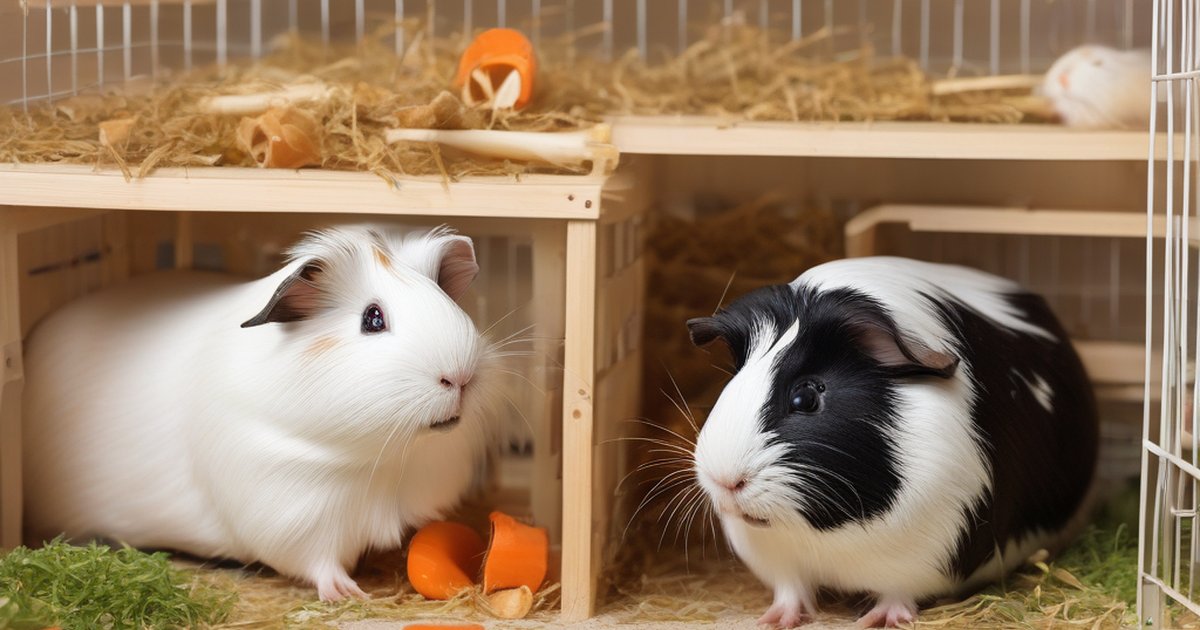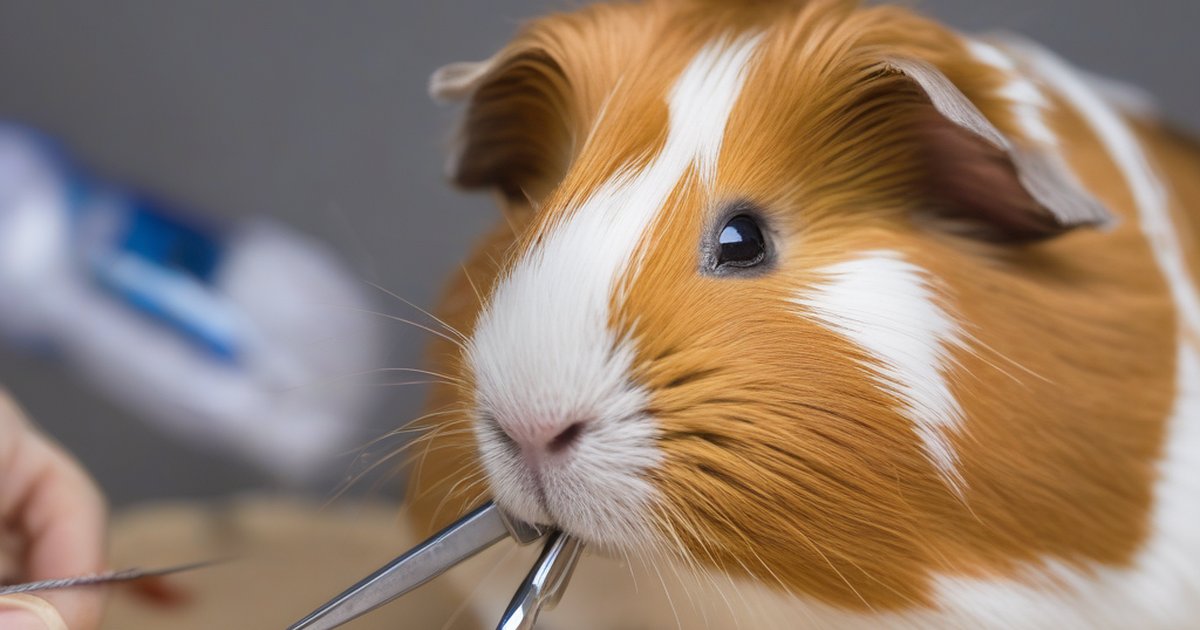Introduction
If you share your home with a guinea pig, you know how charming and expressive these small pets can be. But are you confident you’re providing the best possible care to keep your furry friend happy and healthy? Despite their popularity, guinea pigs often don’t receive the same attention to husbandry research as cats or dogs—leaving many owners unsure about the best practices for housing, enrichment, and socialization.
A new large-scale survey, published in Animals (MDPI) in July 2025, sheds light on how guinea pig owners worldwide are caring for their pets and what these practices mean for animal welfare. By exploring the connections between housing, enrichment, human interaction, and guinea pig behavior, this study provides valuable, evidence-based guidance that can help you optimize your guinea pig’s well-being.
Research Background
Guinea pigs (Cavia porcellus) have unique needs that set them apart from other small mammals, yet reliable, species-specific welfare research has been limited. Much of the advice given to owners has traditionally been based on studies of rabbits or hamsters, leaving gaps in our understanding of what truly benefits guinea pigs.
This lack of tailored knowledge has led to inconsistent recommendations and, in some cases, suboptimal care. The new survey study addresses these gaps by drawing on a large, diverse sample of guinea pig owners and focusing specifically on the daily realities of guinea pig welfare and behavior in home environments.
Study Details
This comprehensive research project surveyed 1,181 guinea pig owners from multiple countries over a six-month period. The study aimed to capture a wide range of husbandry practices and behavioral observations directly from pet owners. Key aspects of the study design included:
- Sample size: 1,181 current guinea pig owners
- Geographic diversity: Participants from multiple countries, representing varied climates and cultures
- Owner demographics: Wide range of ages, experience levels, and household types
- Eligibility: Owners aged 18+ with at least one guinea pig in their care
The survey collected detailed information on housing (including cage size and enrichment), diet, social interactions (with both humans and other guinea pigs), and observed behaviors such as playfulness and social bonding.
Key Findings
Primary Results
The survey revealed encouraging trends in modern guinea pig care. A significant majority of owners reported providing spacious, enriched living environments and proper diets for their pets. Specifically, 82% of guinea pigs were housed in enclosures that met or exceeded recommended size guidelines, and 89% had access to multiple types of environmental enrichment, such as hideouts, tunnels, and chew toys.
Behaviorally, positive signs of welfare were common. Play behaviors—most notably “popcorning” (a joyful, energetic hopping movement)—were frequently observed, with 76% of owners reporting that their guinea pigs displayed these behaviors weekly or more often. Peaceful social interactions among guinea pigs, such as gentle grooming and resting together, were also widespread.
Perhaps most notably, the study found strong links between positive human interaction, environmental enrichment, and higher levels of affiliative and playful behaviors. Guinea pigs that received daily gentle handling and lived in enriched environments were significantly more likely to display signs of happiness and social bonding.
Secondary Findings
Digging deeper, the study highlighted the importance of social companionship. Guinea pigs housed with one or more conspecifics (other guinea pigs) showed 2.5 times the frequency of playful and affiliative behaviors compared to those housed alone. Additionally, access to enrichment items was associated with a 40% increase in observed play behaviors.
Owners who frequently engaged in positive, gentle interactions—such as hand-feeding treats, soft petting, and quiet talking—reported that their guinea pigs were more likely to approach them voluntarily and exhibit relaxed body language.
Implications for Pet Owners
What This Means for You
This research provides clear, actionable guidance for guinea pig owners. Spacious housing and environmental enrichment aren’t just “nice to have”—they’re essential for your pet’s happiness and well-being. Aim for a cage that meets or exceeds the minimum size guidelines (at least 7.5 square feet for a pair), and offer a variety of enrichment items, such as tunnels, chew toys, and hiding places.
Social companionship is also crucial. Whenever possible, house guinea pigs in compatible pairs or groups, as this supports their natural social instincts and leads to more frequent playful and affiliative behaviors. Remember that introducing new guinea pigs should always be done gradually and under supervision to ensure compatibility.
Regular, gentle interaction with your guinea pig strengthens your bond and encourages positive behaviors. Talk softly, offer treats by hand, and spend time near their enclosure to help them feel safe and comfortable around you.
When to Consult Your Veterinarian
While most guinea pigs in the study displayed positive behaviors, it’s important to recognize when something might be wrong. If your guinea pig shows sudden changes in behavior—such as hiding more than usual, becoming aggressive, refusing food, or showing no interest in play—it’s time to consult a veterinarian. These can be early warning signs of stress, illness, or pain.
Likewise, if you’re unsure about how to safely introduce guinea pigs or need help with enrichment ideas tailored to your pet’s needs, seek advice from a veterinarian experienced with small mammals. Individual needs can vary, and professional guidance is always the safest approach.
Study Limitations
As with any owner-reported survey, the findings depend on accurate and honest reporting, which can introduce some bias. The study also relied on self-selected participants, which may not fully represent the entire guinea pig-owning population. Future research should include objective behavioral observations and physiological measures to further validate these results. Additionally, factors such as regional differences in husbandry practices and access to veterinary care could affect outcomes.
Bottom Line
This landmark survey provides strong, evidence-based support for practices that promote guinea pig welfare: spacious housing, environmental enrichment, social companionship, and positive human interaction. By focusing on these core needs, you can help your guinea pig lead a happier, more playful, and more fulfilling life.
As a pet owner, your role is vital in creating an environment where your guinea pig can express natural behaviors, form social bonds, and enjoy daily enrichment. Stay observant, be proactive about their care, and don’t hesitate to reach out to a veterinarian if you have questions or concerns.
Recommended Products
Based on the research findings discussed in this article, we’ve carefully selected these top-rated products to help you implement the study’s recommendations for optimal guinea pig welfare. These products are chosen for their quality, customer satisfaction, and alignment with the scientific evidence presented.
Amazon Basics Top Access Small Animal, Rabbit & Guinea Pig Cage
Grddaef 20 PCS Bunny Chew Toys for Teeth
Rypet Guinea Pig Tunnel 3 Way Collapsible Small Pet Tunnels
Lacrima Rabbit Bunny Guinea Pig Chew Toys 12PCS
Disclosure: We only recommend research-based products that support your pet’s health. As an Amazon Associate, we earn from qualifying purchases at no additional cost to you—helping us fund our mission to provide cutting-edge research to all pet lovers.
Disclaimer
This article summarizes peer-reviewed research for educational purposes. Always consult with your veterinarian for personalized advice about your pet’s health and behavior.



